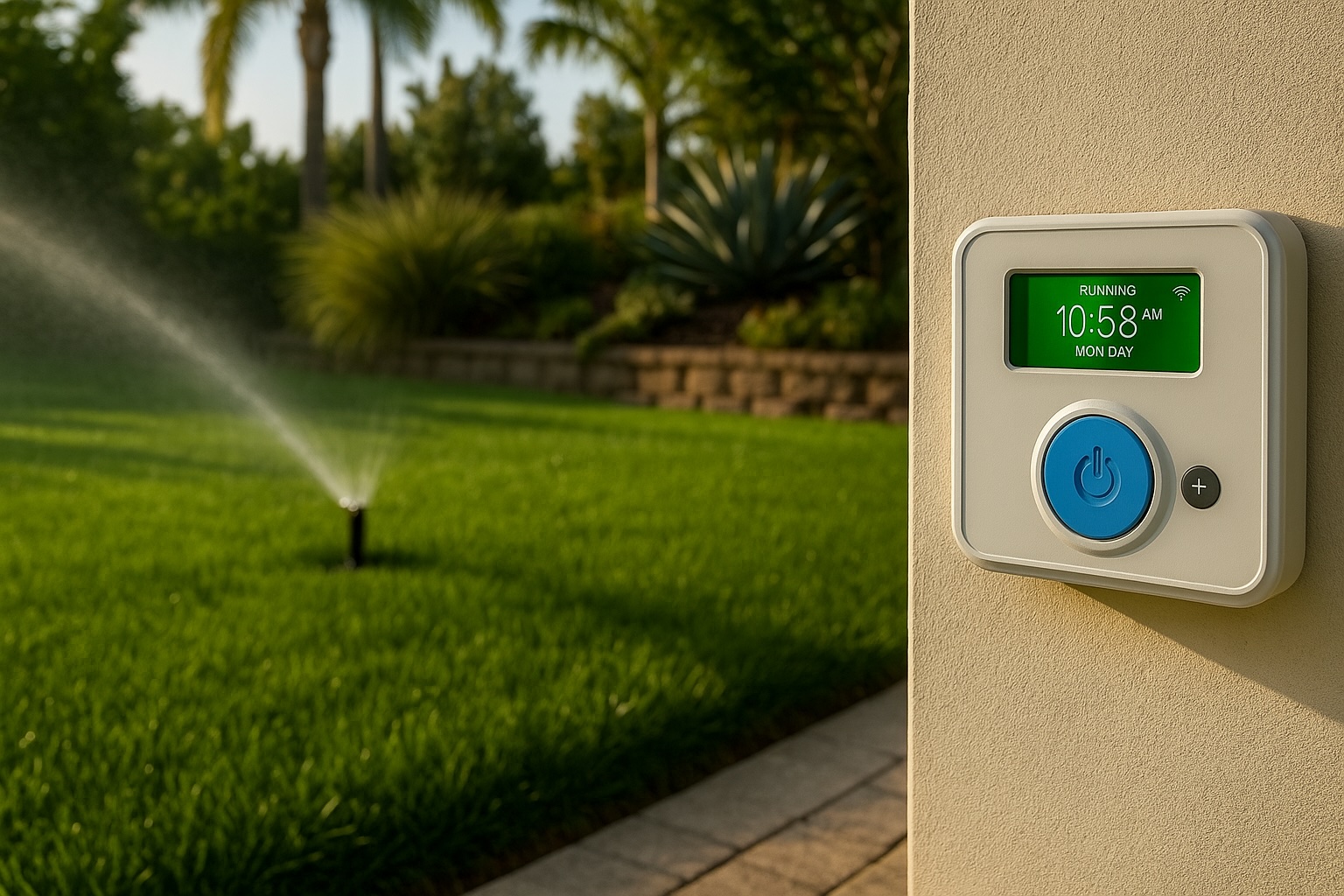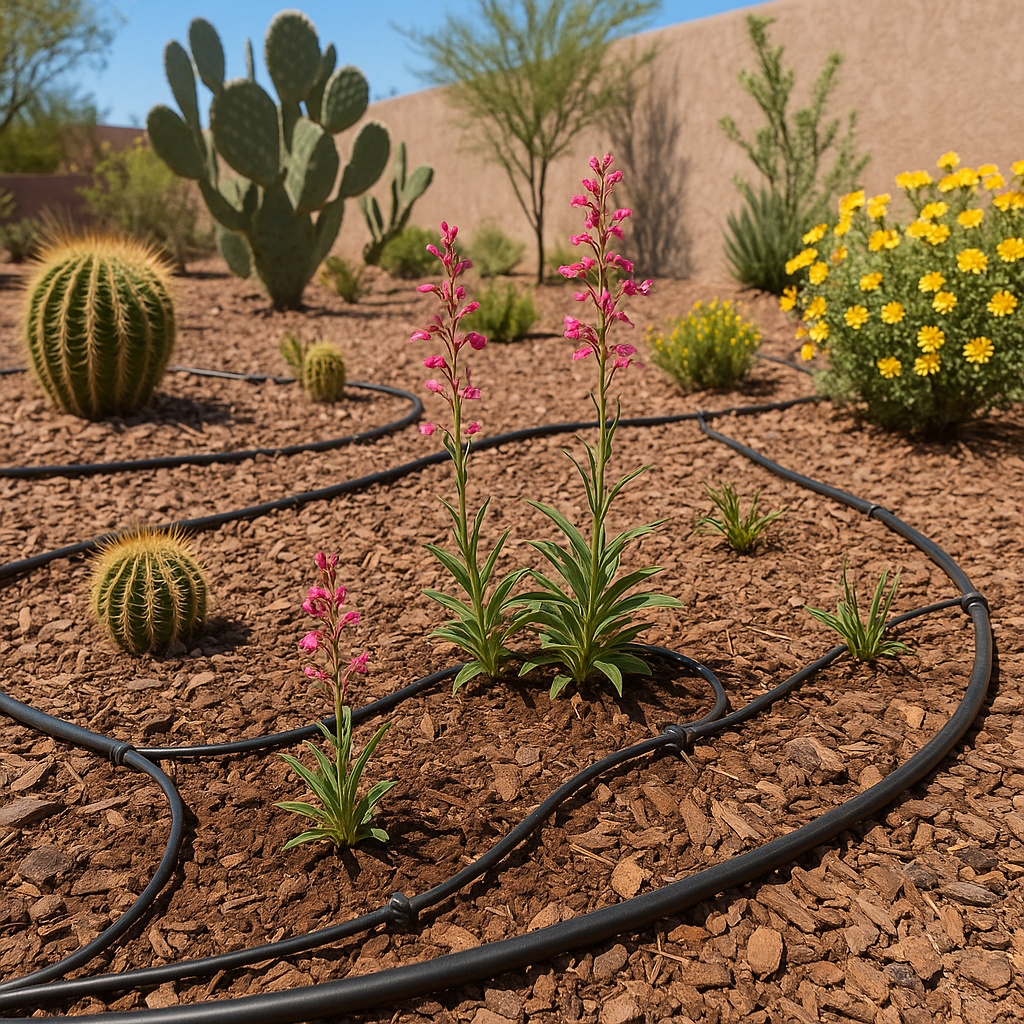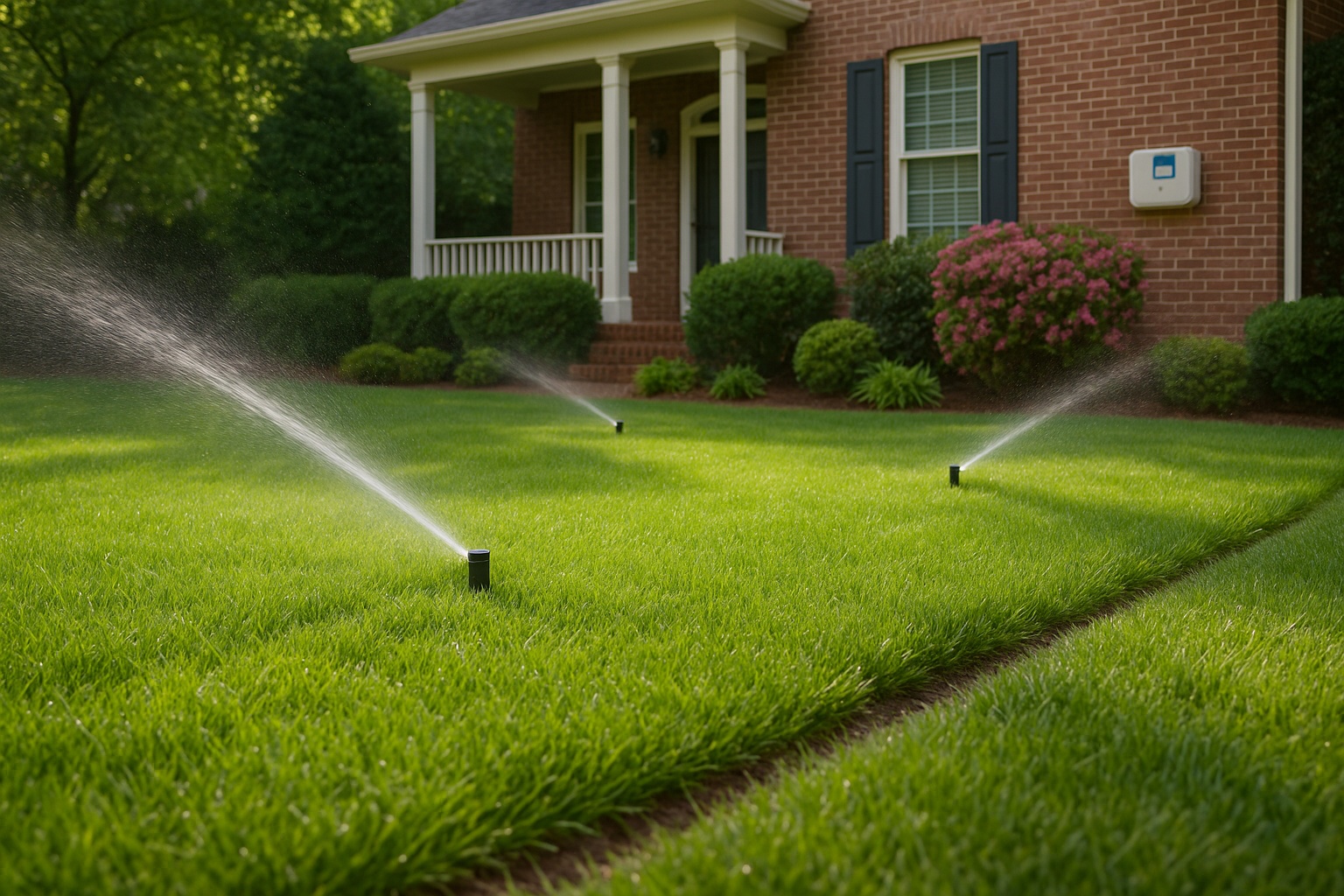
Smart Sprinkler Scheduling for San Diego
San Diego’s mild, Mediterranean climate means your yard is green and growing nearly all year—but it also comes with unpredictable rain, marine layers, and months-long dry spells. If you’re still running your sprinkler system on a set timer, you’re likely overwatering (and overspending). Smart sprinkler controllers and weather-based scheduling are game-changers for local homeowners who want a healthier lawn, thriving garden, and lower water bill.
In this guide, we’ll cover how to upgrade to smart irrigation, create an efficient watering schedule, and keep your yard in top shape—no matter what the weather brings.
How Smart Controllers Adapt to San Diego’s Climate
- Automatic weather adjustments: Controllers skip watering after rain, during cool spells, or on foggy mornings.
- Soil moisture sensors: Advanced systems monitor the soil itself to avoid wasteful overwatering.
- Zone-specific watering: Adjust schedules for sunny, shady, or sloped parts of your yard.
- Remote control: Manage your sprinklers from your smartphone—whether you’re on the couch or on vacation.
Why it matters for San Diego: With local water restrictions and rapidly changing conditions, “set it and forget it” schedules waste resources. Smart controllers can help you comply with watering rules and get the most from every drop.
Weather-Based Scheduling vs. Manual Timers
Manual timers water on a rigid schedule (for example, every Tuesday and Saturday at 6am), regardless of weather or plant needs.
Smart scheduling uses weather data—such as temperature, rainfall, humidity, and evaporation rates—to adjust watering times and days automatically.
- Save up to 50% on outdoor water use
- Fewer brown patches or soggy spots
- Compliance with City of San Diego watering days/times
Tip: The City of San Diego allows watering only on certain days and before 10am or after 6pm. Smart controllers can be programmed to stay within those limits!
Setting Up Smart Sprinklers for Efficient Watering
- Choose a smart controller compatible with your system (Rachio, Rain Bird, Orbit B-hyve, and others work well in San Diego).
- Install the device following the included instructions, connecting to WiFi for live weather updates.
- Set up your yard zones (lawn, garden beds, slopes, planters).
- Program soil and plant types so the controller knows how much water each zone needs.
- Test your system to ensure all sprinklers are working and coverage is even.
- Set allowed watering days/hours per San Diego rules.
Pro Tip: Use drip irrigation for garden beds and drought-tolerant landscaping for maximum efficiency.
Troubleshooting & Seasonal Adjustments
- Unexpected run times? Recalibrate your rain sensor and check zone settings.
- Dry spots in summer? Increase watering duration for sunny zones, but avoid midday irrigation to reduce evaporation.
- Heavy rains? Most controllers will skip automatically—but always check the rain sensor is clear and working.
FAQs for San Diego Homeowners
- Will a smart sprinkler system really save money? Yes! Many San Diego homeowners see their water bills drop 20–50% with smart scheduling.
- Is there a rebate for upgrading? Yes, the San Diego County Water Authority offers rebates for qualifying smart controllers and sensors. Check SoCal Water$mart for details.
- Can I control my sprinklers from my phone? Absolutely—most new controllers have intuitive apps for remote access and troubleshooting.




